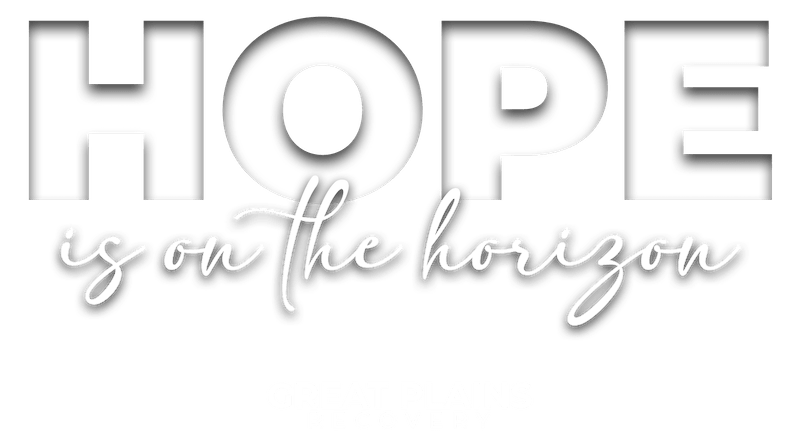
Addiction rarely announces itself clearly. Instead, it creeps into families gradually, with subtle changes that might be dismissed as temporary mood swings, work stress or typical teenage rebellion. For Oklahoma families watching a loved one struggle, identifying addiction early can make a profound difference in recovery outcomes.
Understanding Behavioral Warning Signs
The behavioral shifts of addiction often emerge first. You might notice your loved one becoming increasingly secretive about their whereabouts or companions. They might withdraw from family activities they once enjoyed or abandon longtime hobbies. Financial patterns often change – unexplained money shortages, borrowing, or missing valuables from your home.
School or work performance typically declines as the substance takes priority. Assignments are missed, deadlines ignored, and responsibilities neglected. The person might also experience relationship difficulties across multiple areas of life as their focus narrows to obtaining and using substances.
Physical Indicators That Shouldn’t Be Ignored
Physical changes often accompany addiction, though they vary by substance. Common signs include unexpected weight loss or gain, bloodshot eyes, pupil changes, and deteriorating physical appearance. Sleep patterns frequently become disrupted – either sleeping excessively or experiencing insomnia.
Depending on the substance, you might notice tremors, slurred speech, impaired coordination, or unusual bursts of energy followed by profound fatigue. Some family members report detecting strange smells on their loved one’s breath, clothing or belongings.
Regular illness may become common as the immune system weakens. Complaints of frequent nausea, headaches, or unexplained chronic health issues warrant attention, especially when combined with other warning signs.
Emotional Changes That Signal Trouble
The emotional landscape of someone struggling with addiction often becomes increasingly volatile. Mood swings that seem disproportionate to circumstances, unexpected irritability, or defensiveness when questioned about substance use deserve attention.
You might notice your loved one becoming isolated, suffering from low motivation, or displaying uncharacteristic anxiety or paranoia. Depression often coexists with addiction, creating a cycle where each condition worsens the other.
How Addiction Progresses
Understanding addiction’s progression helps families identify concerning patterns early. What begins as experimental use often transitions to regular use, where the person starts organizing their life around opportunities to use substances.
As tolerance builds, they need increasing amounts to achieve the same effect. This escalation leads to physical and psychological dependence, where uncomfortable withdrawal symptoms occur without the substance.
In later stages, using becomes less about pleasure and more about preventing withdrawal. At this point, continued use persists despite clear negative consequences to health, relationships, and responsibilities.

If you’ve recognized signs of addiction in a loved one, it’s important to seek professional help
Different Substances, Different Signs
While many addiction signs overlap across substances, certain indicators may point to specific types of substance use disorders. Alcohol addiction might present with the smell of alcohol, hidden bottles, flushed face, or morning drinking. Opioid misuse often involves drowsiness, constricted pupils, slurred speech, and dramatic mood shifts between doses. Stimulant use typically causes decreased appetite, weight loss, hyperactivity, and reduced need for sleep. Marijuana dependence might involve bloodshot eyes, increased appetite, reduced motivation, and possession of drug paraphernalia.
How Signs Manifest Across Different Relationships
Parents may notice their child suddenly breaking curfew, dropping longtime friends, experiencing academic decline, or having unexplained money problems. With spouses or partners, addiction often strains intimacy, creates financial secrets, and leads to broken promises. Adult children might observe an aging parent suddenly becoming unsteady, mixing up medications, or having unexplained bruises from falls. Friends often notice social withdrawal, increasing unreliability, or sudden financial hardships.
Recognizing Signs in Different Contexts
At home, someone struggling with addiction might spend unusual amounts of time alone. Sleep patterns typically become disrupted, with either excessive sleep or periods of insomnia. In work settings, performance usually declines gradually with increased sick days, missed deadlines, and conflicts with coworkers. In social contexts, the person might avoid gatherings where substances aren’t available or leave events early to use elsewhere.
When to Seek Professional Help
Consider reaching out when multiple warning signs appear consistently over time rather than as isolated incidents. Professional help becomes necessary when the person has tried unsuccessfully to cut back or stop using on their own, substance use continues despite clear negative consequences, dangerous behaviors emerge like driving while impaired, or withdrawal symptoms occur when attempting to stop.
Moving Forward with Compassion
Recognizing addiction in someone you love is painful, but it represents the first step toward healing. Remember that addiction is a complex health condition, not a moral failing. Your loved one needs your support alongside professional help.
If you’ve noticed these signs in someone you care about, you’re not alone. Oklahoma families face these challenges every day, and resources exist to help. Take the courageous next step by calling Great Plains Recovery Center at 844-918-3518 to speak confidentially with someone who understands what your family is experiencing. The journey to recovery begins with recognition, continues with compassionate intervention, and leads to renewed hope for Oklahoma families.




